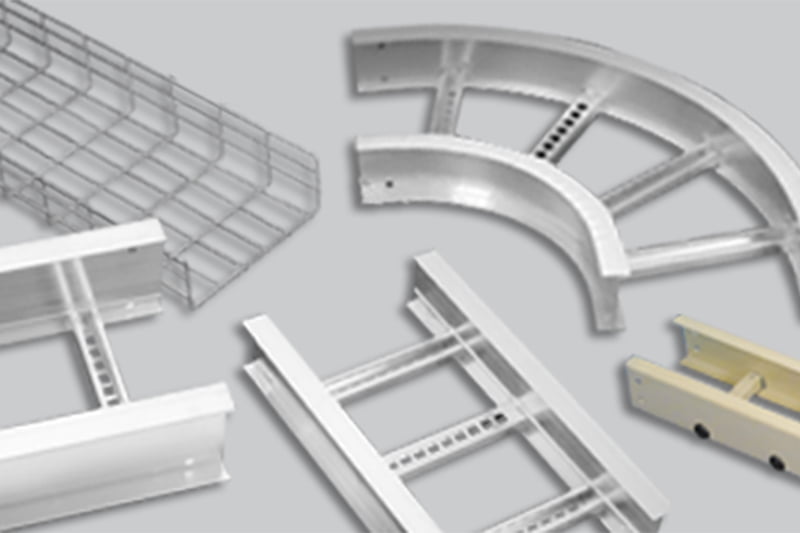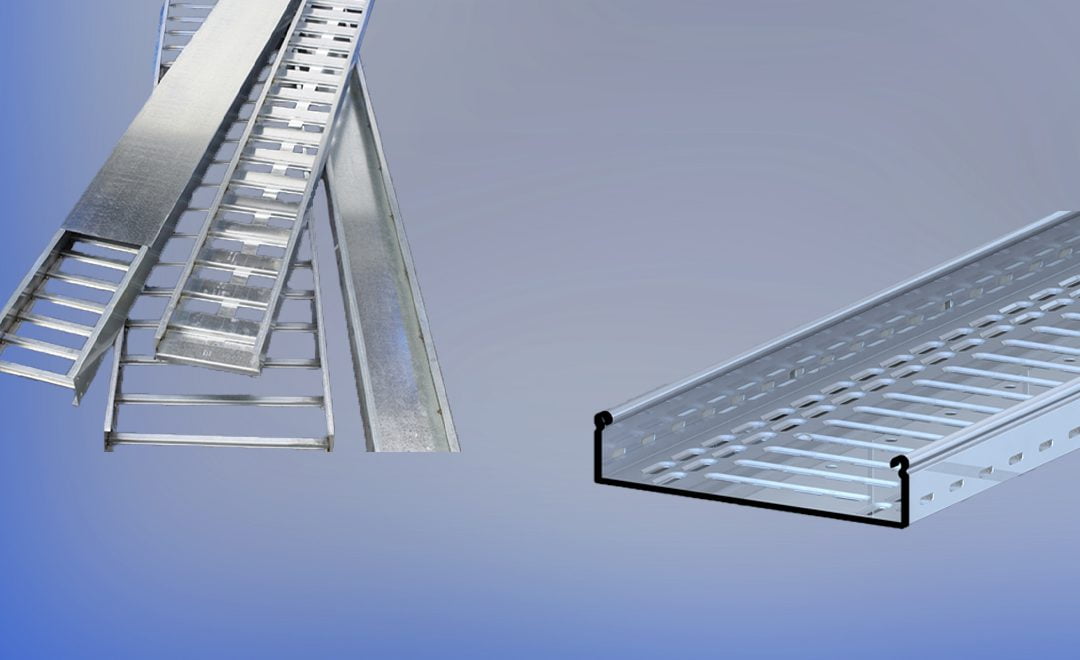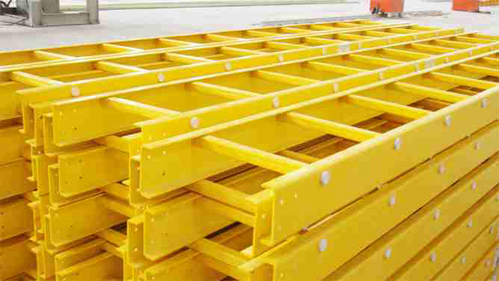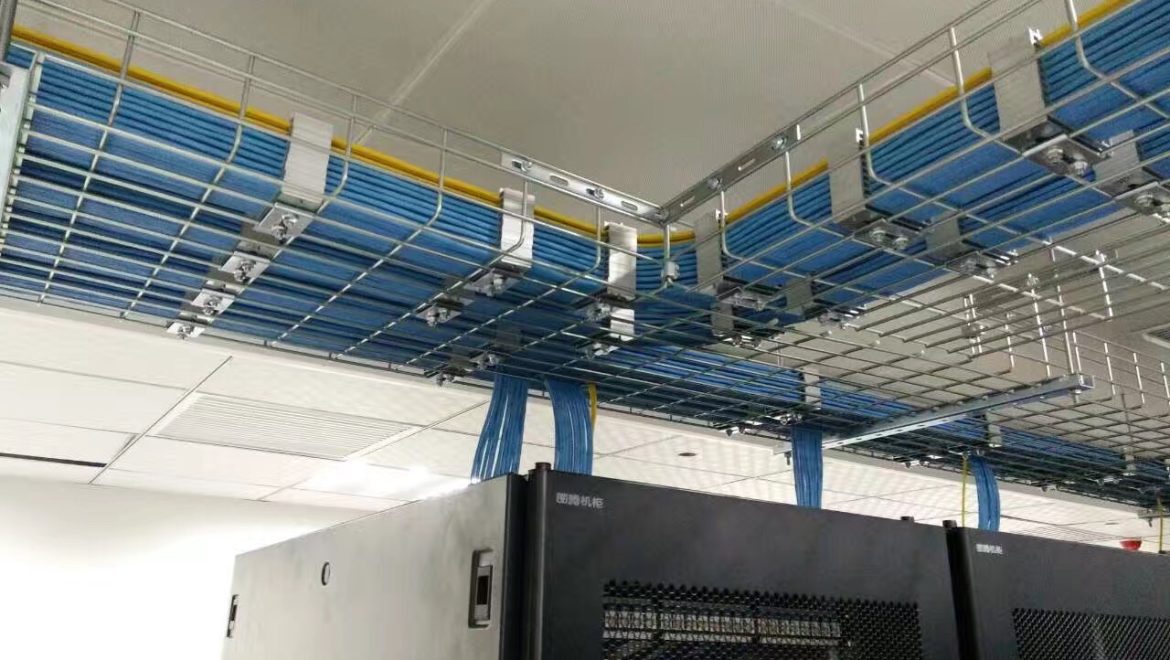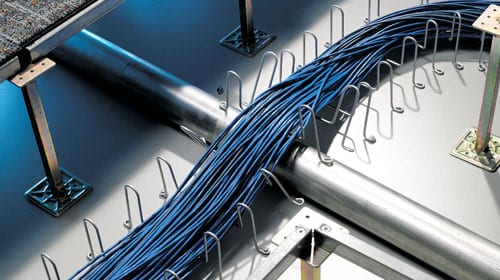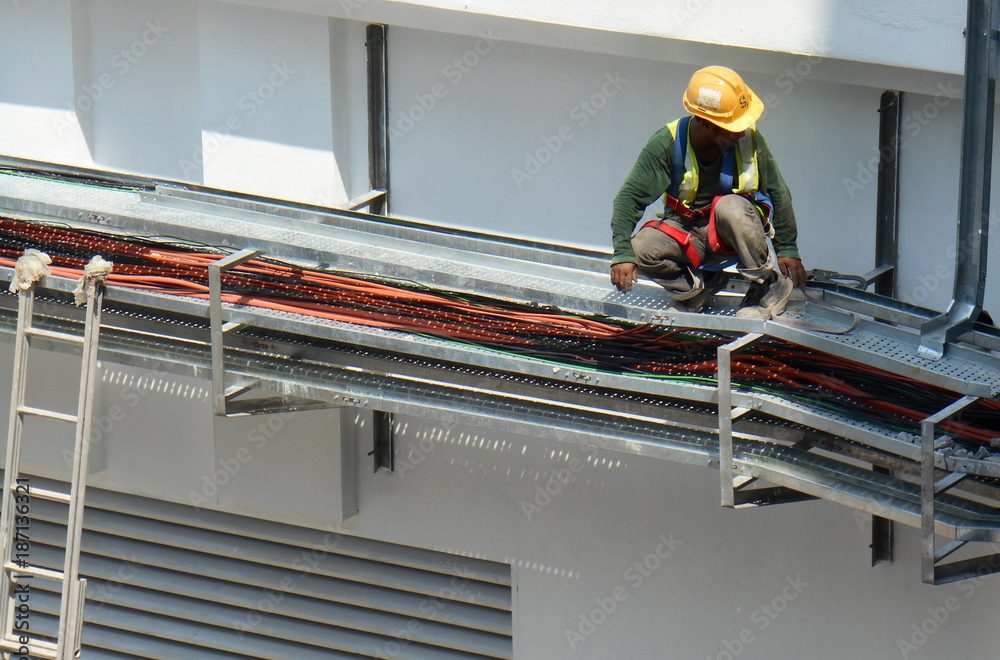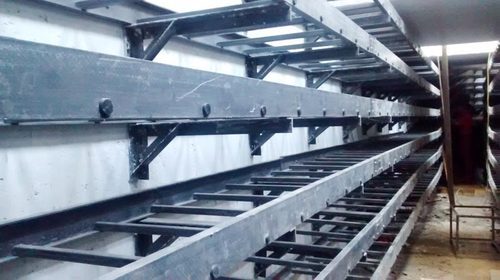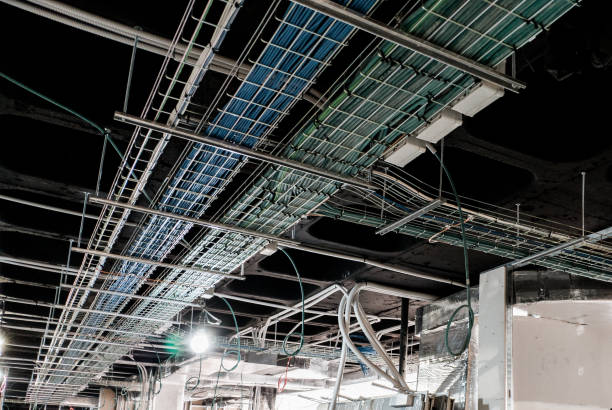What Are Cable Trays, Which Type Of Cable Tray Should You Choose, And Why?
There are a number of different types of cable trays you can use in your exterior or interior building, depending on the application. In this article, we’re going to give you the rundown on what they are and how to choose which type will work well for your project.
Types of Cable Trays
There are several types of cable trays available on the market, each with its own advantages and disadvantages. The most common types of cable trays are:
- Ladder cable trays
- Trough cable trays
- Solid bottom cable trays
Ladder cable trays offer good ventilation and allow for easy access to cables. However, they are not as strong as other types of cable trays and can be more difficult to install.
Trough cable trays offer good protection for cables and are very strong. They can be more difficult to install, however, and do not offer as much ventilation as ladder cable trays.
Solid bottom cable trays offer the best protection for cables but are more difficult to install. They also do not offer as much ventilation as other types of cable trays.
How to Choose a Cable Tray
If you’re looking to install a new cable tray in your home or office, there are a few things you need to consider before making your purchase. Here are a few tips on how to choose the right cable tray for your needs:
- Determine the type of cables you need to support. There are many different types of cable trays available on the market, so it’s important to choose one that’s designed for the type of cables you need to support. For example, if you’re looking to support Ethernet cables, you’ll need to purchase an Ethernet-specific cable tray.
- Consider the size of the cables you need to support. Not all cable trays are created equal when it comes to size. Some are designed for smaller cables while others can accommodate larger ones. It’s important to choose a tray that can comfortably support the size of cables you need without being too big or too small.
- Think about future expansion when choosing a tray size. If you anticipate needing to add more cables in the future, it’s a good idea to choose a larger tray now rather than having to replace it down the road.
Why Do We Need a Cable Tray?
A cable tray is an important part of any electrical wiring system. It is used to support and route cables and wires. Without a cable tray, cables and wires would be left dangling, making it difficult to maintain and repair the system.
There are many different types of cable trays on the market, so it is important to choose the right one for your needs. The most common type of cable tray is the ladder type. This type of tray is ideal for supporting and routing cables in a horizontal or vertical direction.
Another popular type of cable tray is the perforated type. This type of tray has holes that allow cables to be routed in different directions. Perforated trays are often used in computer rooms and data centres.
Why Do We Need a Cable Tray?
A cable tray is an important part of any electrical wiring system. It is used to support and route cables and wires. Without a cable tray, cables and wires would be left dangling, making it difficult to maintain and repair the system.
There are many different types of cable trays on the market, so it is important to choose the right one for your needs. The most common type of cable tray is the ladder type
Frequently Asked Questions and Quick Tips
What is a Cable Tray?
A cable tray is a system used to support and manage cables and wires. They are commonly used in commercial and industrial buildings and can be either open or closed. Closed cable trays are often used in areas where there is a risk of fire, as they help to prevent the spread of flames.
Which type of Cable Tray should you choose?
There are several factors to consider when choosing a cable tray, including the environment it will be used in, the amount of weight it will need to support, and the type of cables that will be run through it. For example, if you are running data cables in an office environment, you will likely want to choose a closed system to protect the delicate wires from damage. However, if you are running power cables in an industrial setting, you may need a more heavy-duty open system that can handle the increased weight and wear and tear.
Why use a Cable Tray?
Cable trays offer a number of benefits over other cable management options, such as easier installation and more flexible routing options. They also provide better protection for your cables, helping to extend their lifespan.


